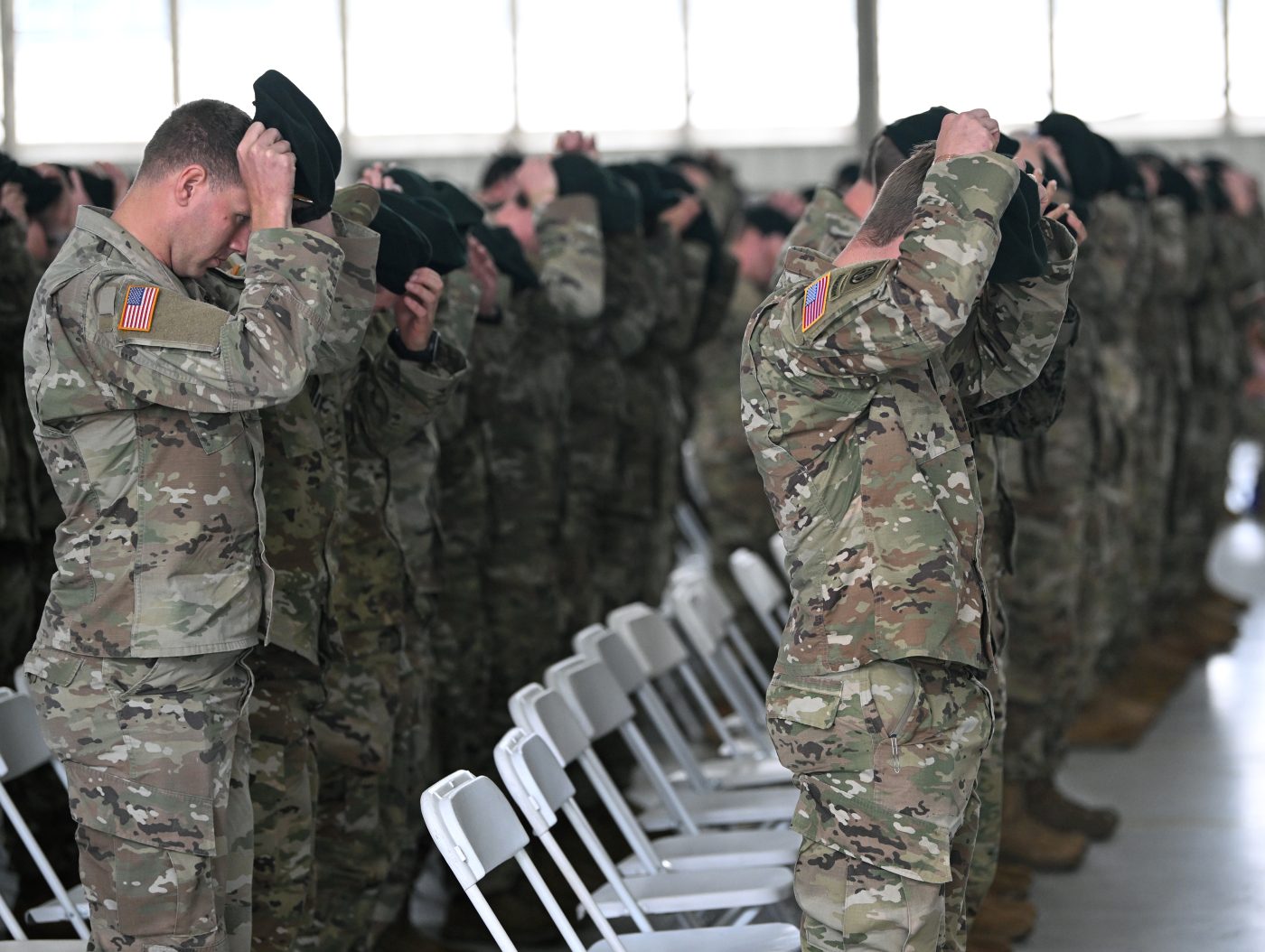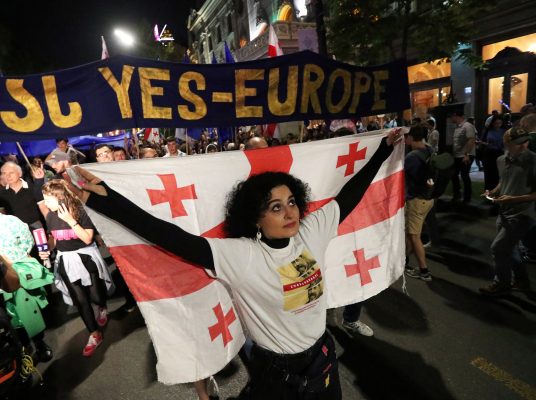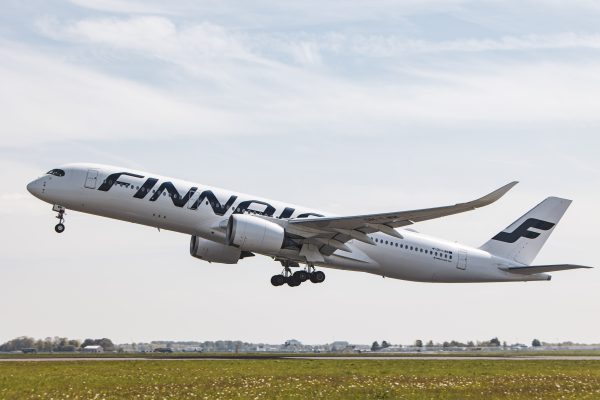After three decades of increasing focus on special forces as a crucial component of Western national security, the shift to large-scale combat operations in Ukraine has revealed an uncomfortable truth — the unhealthy imbalance between costly and small elite units, and the large forces needed to fight a conventional war.
The conflicts against terrorist and insurgent forces in the developing world have bent the military out of shape. That’s perhaps understandable; more than two decades of fighting in the Middle East and Central Asia emphasized small-force operations in harsh terrain.
Special forces will continue to have a significant role in fighting groups like Al Qaeda and ISIS, and will also have a key role in any bigger conflict, but the current threats and geopolitical risks are wide-scale nation-state conflicts and these are very different threats.
Special forces solve specific a problem at a tactical level, which might have a strategic or operational impact, but you can’t dedicate a significant part of the army and its budget to these niche tasks and then be unable to field an army to fight a regular ground war.
The war in Ukraine has a 600-mile-long (1,000 km) front, with at least 200 miles (300 km) seeing active ongoing military operations. The front needs to be covered by units, firepower, and the ability to sustain the war, hopefully driving it to an acceptable conclusion and victory for Ukraine. The government in Kyiv must also prepare to fight along the border of Belarus, now little more than a Kremlin puppet regime.
The West is not alone in this problem. Russia too had significant special forces units when it launched the war of aggression against Ukraine 21 months ago. It was unable to find a niche role for this significant component in the conventional war (other than an embarrassing blooding at Hostomel airport right at the outset.) Commanders then chose to use these highly trained and expensively equipped units as light infantry.
The consequences were disastrous. Leaked US intelligence material assessed that “all but one of five Russian Separate Spetsnaz Brigades that returned from combat operations in Ukraine in late summer 2022 suffered significant losses.” It stated that one unit, the 346th, “lost nearly the entire brigade with only 125 personnel active out of 900 deployed.”
Losses, especially of officers in places like Mariupol skyrocketed. The adjoining elite Marine infantry and Russian special forces were so depleted in the port city that they had to be withdrawn and reorganized.
The Russians made a significant mistake and no doubt Western commanders would argue they would avoid such errors, but elite units continue to struggle. The open terrain in Southern Ukraine where most fighting is now concentrated, offers few, if any, opportunities for infiltration of special forces, either by foot or airmobile, and the rapidly increasing presence of Ukrainian short-range air defense made parachute drops, even at risky low altitudes, a doomed idea.
Given the sheer weight of special forces units in the initial February 2022 invasion force — the 19 battalions of Spetsnaz were likely a sixth of the available ground fighting force — high causalities were likely. But the costs were disproportionate. Such troops likely cost four times the cost to train and equip than any enlisted infantry unit. These highly trained and exquisitely equipped young men were the highlight of every Victory Day parade in Moscow, but that does not make them supermen. In the brutal urban fighting of Ukraine, they are as human as any other frontline soldier.
Let’s consider Russia’s alternatives. If pre-war Russia had maybe downsized the special forces to a third of their 2022 level and instead staffed, equipped, and organized regular infantry units, the Russians could have fielded far more infantry battalions. That might have had some effect — the depletion and shortage of good infantry units is one of the main reasons the Russian offensives stalled once they made contact with the Ukrainian defenses.
Of course, special forces do have a purpose in major conflicts, as Ukraine has shown. While the Ukrainians too have found it difficult to utilize such units (as mentioned above, flat fields are not great for their use), they have also been imaginative in exploiting opportunities and showing the way forward.
Ukrainian special forces were instrumental in crossing the Dnipro River to establish a bridgehead on the eastern bank, and in striking Russian installations in Crimea from the sea. The Ukrainian Army’s total personnel is about 500,000 soldiers, of which 4,000 are special forces. That is one member per 125 soldiers (1:125).
The US Army has 500,000 soldiers and about 35,000 special forces members. The US ratio between special forces and the regular army is 1:14. These calculations are crude, and do not take into calculation detailed force assessments, but they give an approximation.
The outline of a debate about the future may be beginning to emerge. In the UK, Just before he left as Defence Secretary, Ben Wallace attempted to cancel an order for 14 high-spec Chinook helicopters for the special forces. The costs have soared to £2.3bn ($2.9bn), with Wallace reportedly pointing out that he could have a number of general-purpose Atlas transport aircraft for the same price. He was overruled.
The UK’s strategy has been focused on special forces and its growing support arms even as army strength has slumped to 73,000, the smallest since before the 1756-1763 Seven Years War. (Even if UK special forces are limited to 2,000 personnel, that’s a ratio of 1:36).
Considering the Ukrainian experience, the US and other NATO special forces are several times too large for the future peer-to-peer fight.
They do of course have a role, the role they were once intended for, which is to support the main army’s effort either through deep strikes, intelligence gathering, or high-risk missions targeting high-value enemy assets, but they are not the lead actors in a large force-on-force war.
They are costly to train, retain, equip, and maintain, and should be because these units are tailored for highly qualified work. But a military with perhaps four to five times more units than they likely need amounts to a significant waste of money and also risk.
Why risk? The risk is that governments may believe that their special forces are crucial in a future conflict, prioritizing these units, and not paying enough attention to the need for greater numbers of regular maneuver units and their manning, readiness, and equipment to be able to execute large-scale military operations.
War is a practical business, and in the future peer-on-peer conflict, today’s force outline, with large numbers of special forces, is much like a toolbox with 20 screwdrivers, but no wrench.
The wrench is represented by a sufficient number of maneuver battalions to stop an invasion, to retake terrain, and to defend frontlines that may be hundreds of miles long. That change in Western military thinking can tweak the trajectory of history before we find ourselves in trouble.
Jan Kallberg, Ph.D., LL.M., is a non-resident Senior Fellow with the Transatlantic Defense and Security program at the Center for European Policy Analysis (CEPA). Dr. Kallberg is a former US Army Cyber Institute research scientist. Follow him at cyberdefense.com and @Cyberdefensecom.
Europe’s Edge is CEPA’s online journal covering critical topics on the foreign policy docket across Europe and North America. All opinions are those of the author and do not necessarily represent the position or views of the institutions they represent or the Center for European Policy Analysis.





